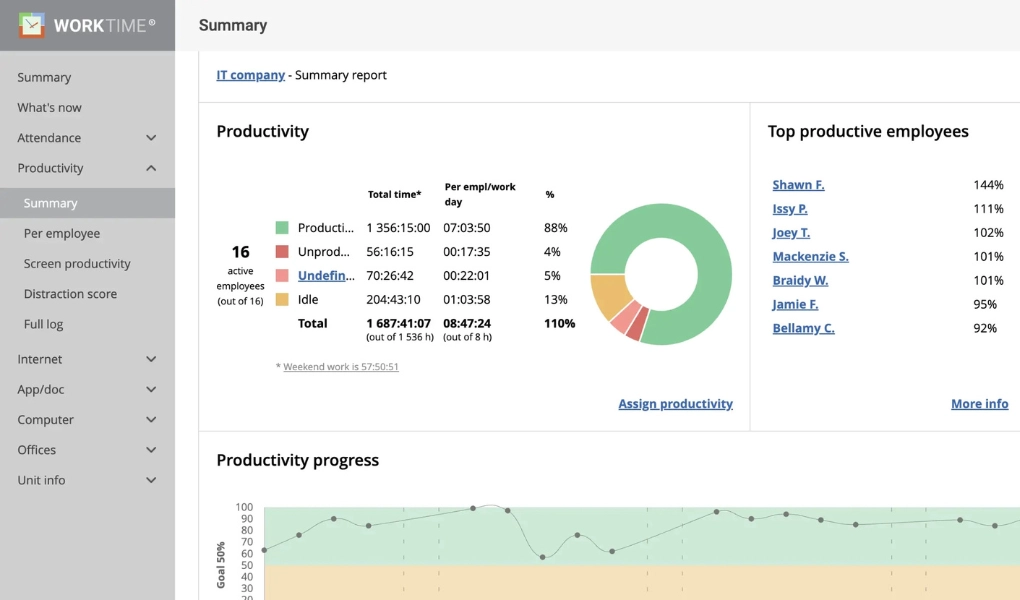
For Windows, macOS
Terminal/Citrix
Cloud, on-premise
1 to 15,000+ computers
In-office, hybrid, remote
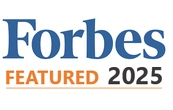

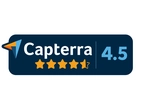







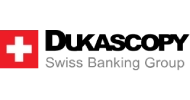
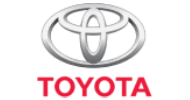


26
Years of experience
Trusted by 9,500+ global brands and organizations
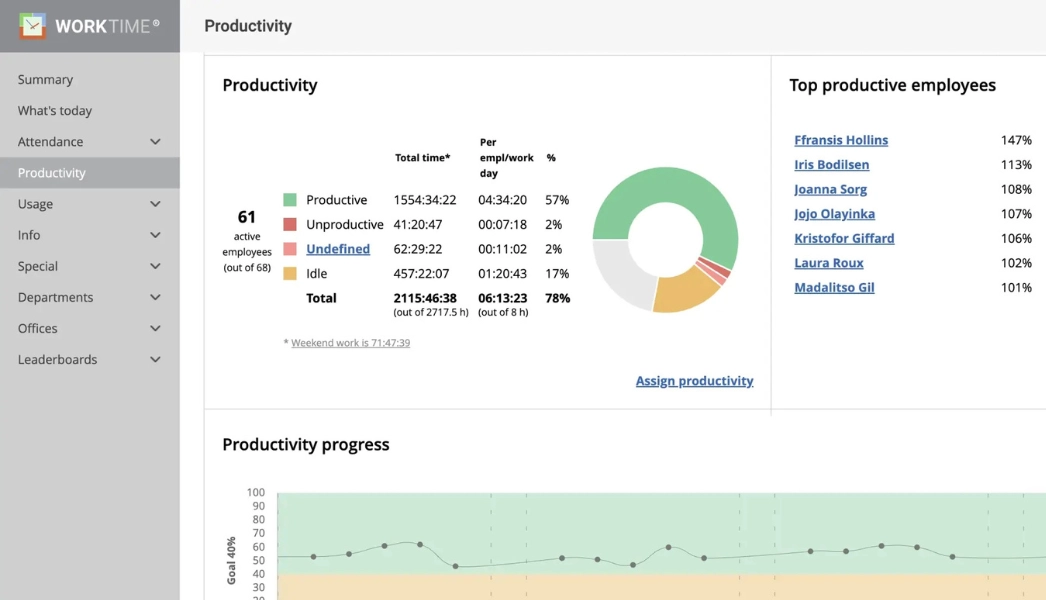


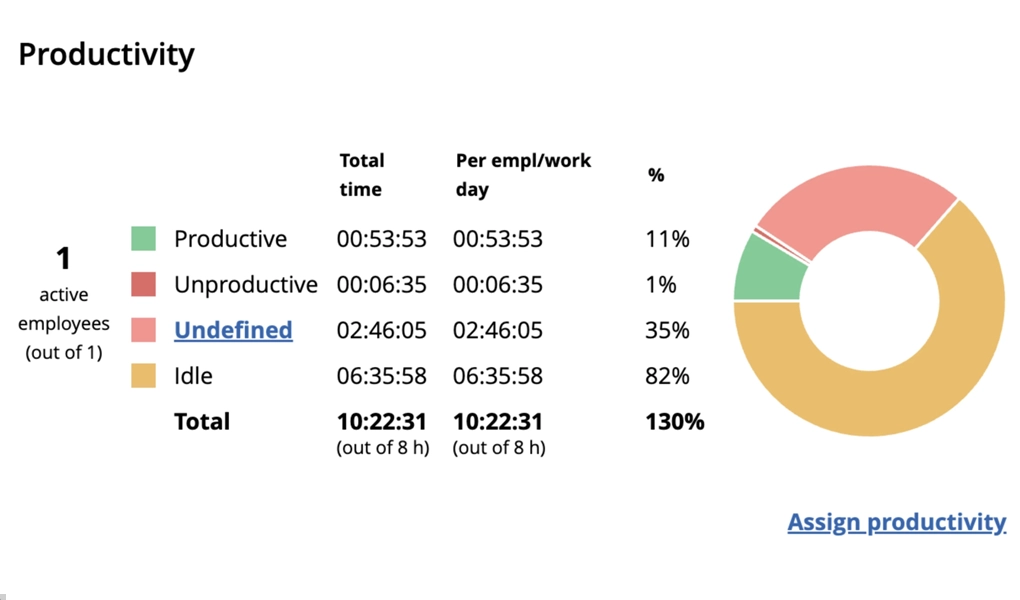
In WorkTime you can mark all applications and websites as productive or unproductive to measure employee productivity.
Try now 14 days free
Telecom
20+
A South African telecommunication company quickly doubled team performance, including productivity, attendance, and active time. For example, productivity jumped form 40% to 95%!
Read more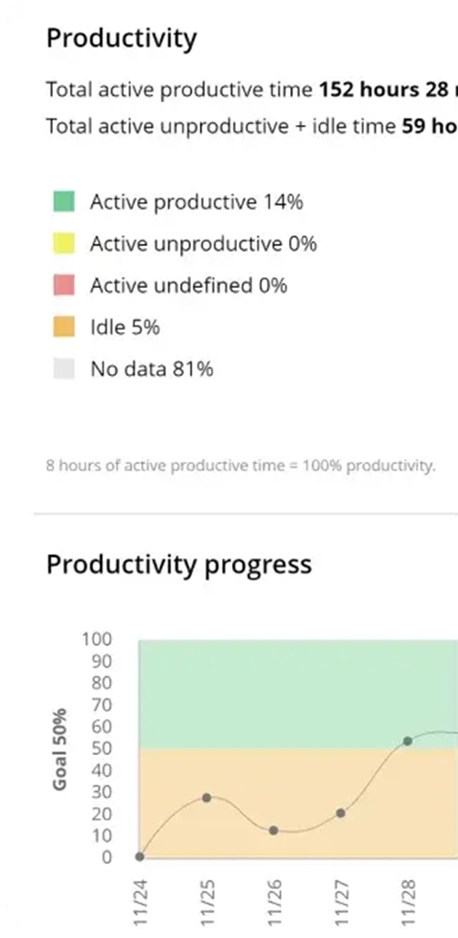
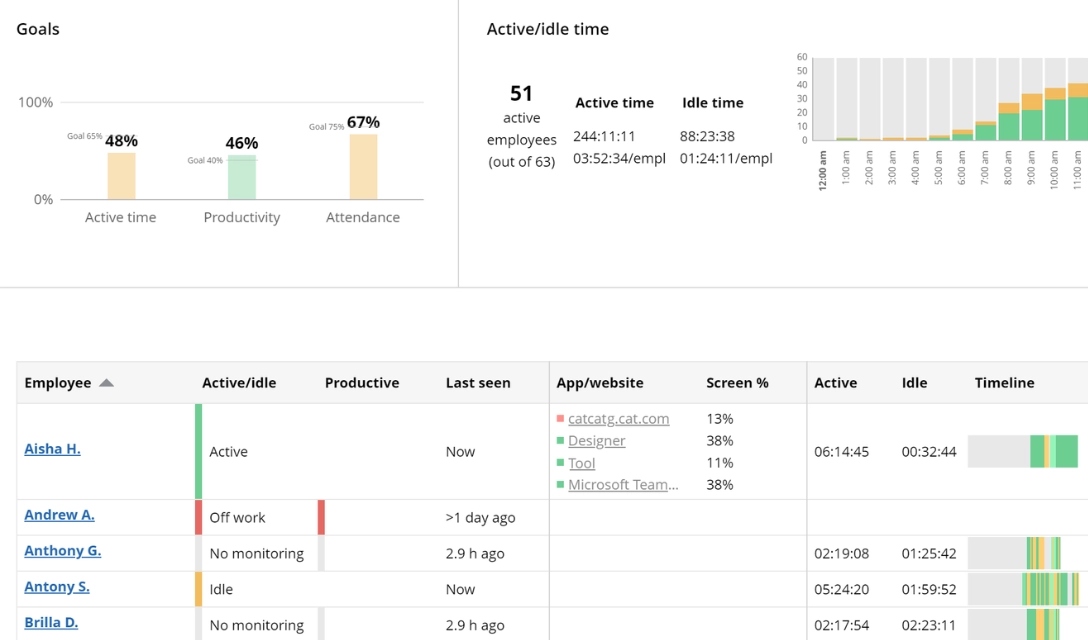
WorkTime analyzes employee screens and presents the data numerically. For example, this screenshot shows that 50% of the screen is productive due to MS Word, while 50% is unproductive due to YouTube.
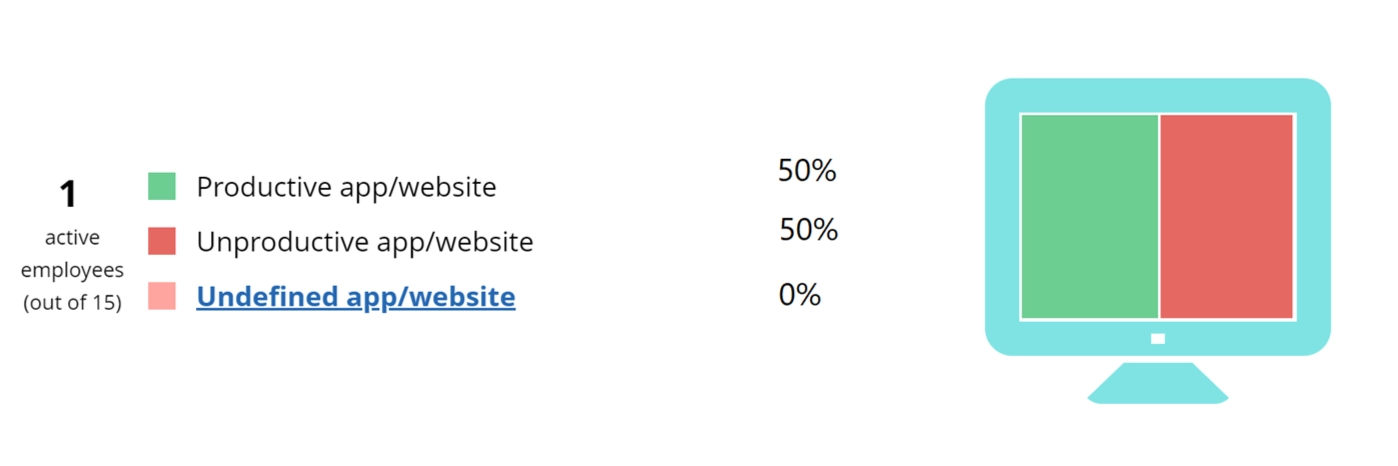

Reduce meeting time.
Keep your in-office and remote team productive.
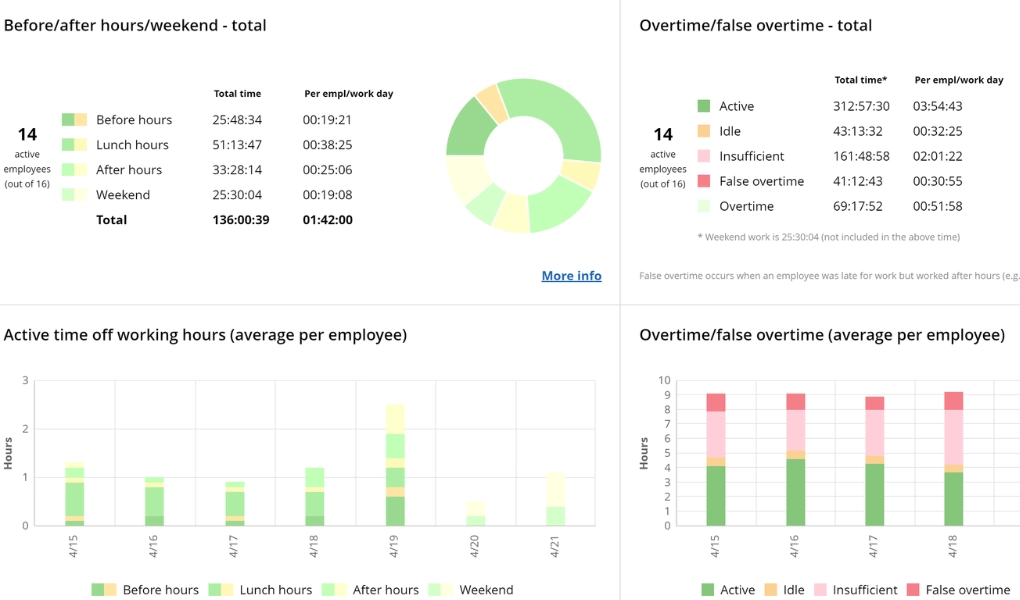
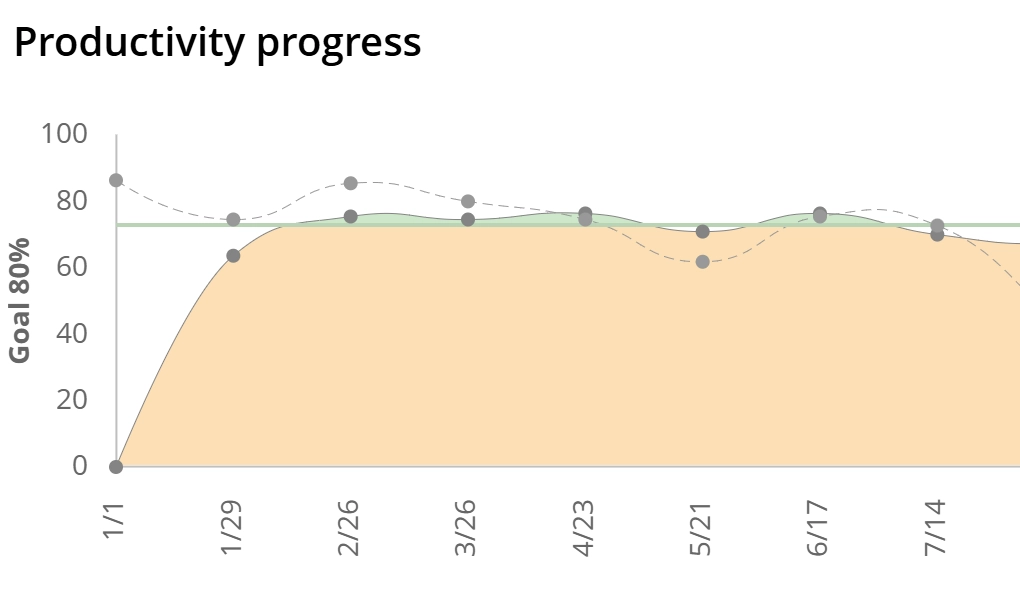
remote productivity
in-office productivity